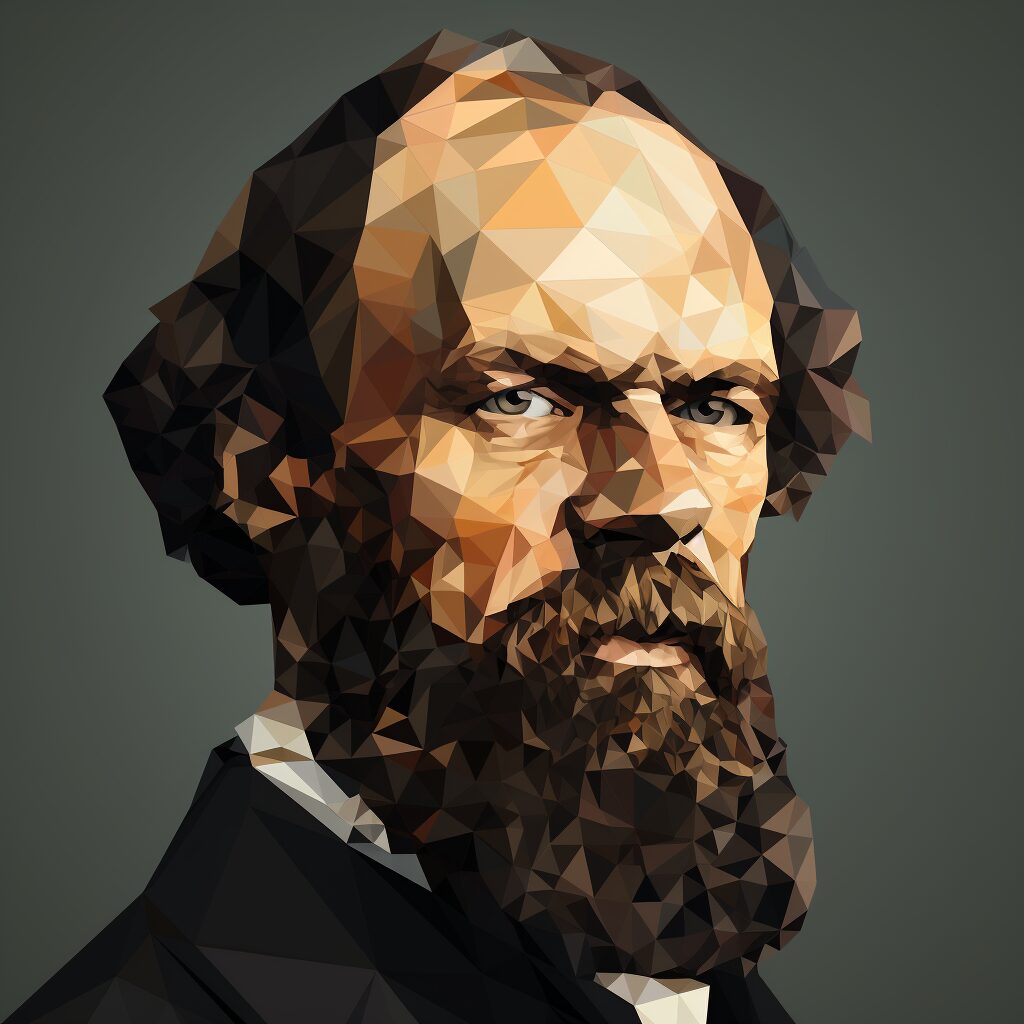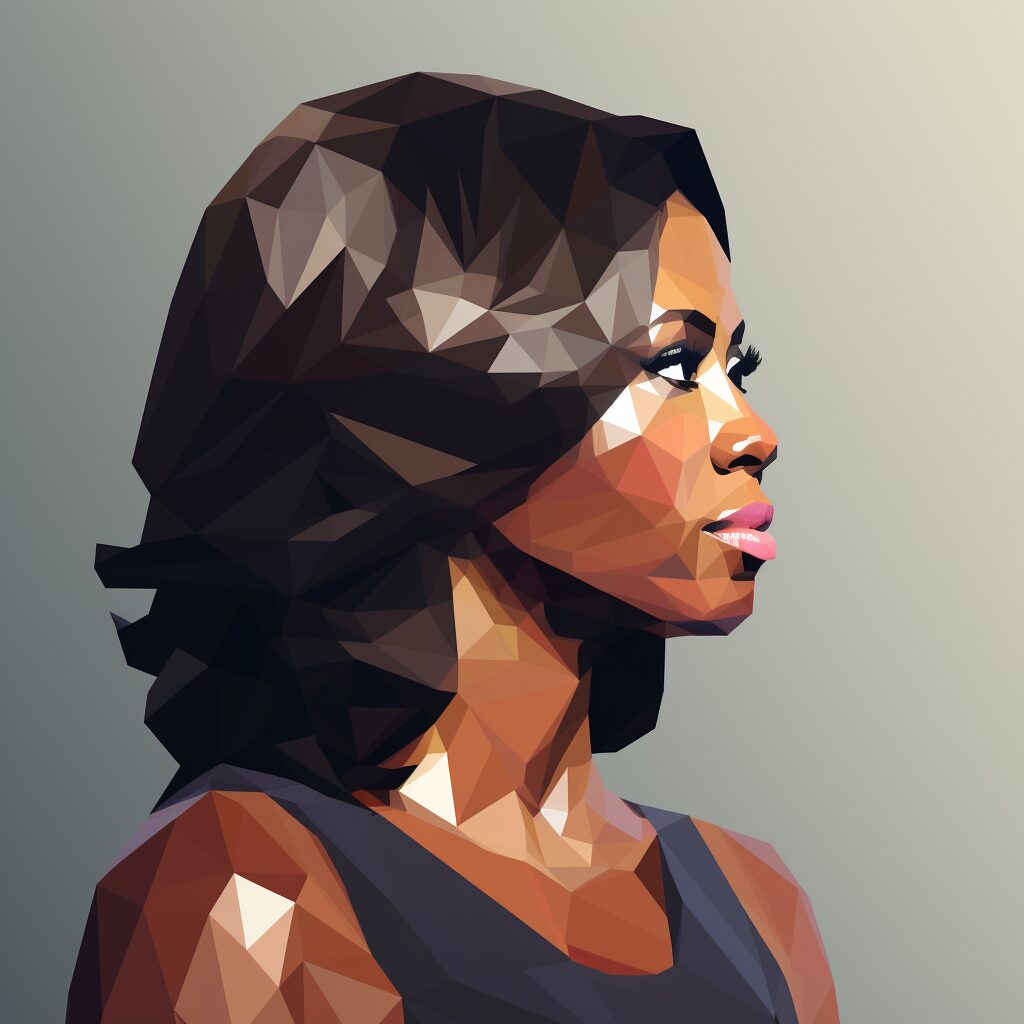This quote can be understood as a progression of knowledge acquisition and learning. It begins with the simplest form of learning, which is through hearing or being told. This is passive learning where information is received but not necessarily understood or internalized.
The next level of learning is through seeing or observing. This is more active as it involves a certain level of understanding. We can see how something is done, observe the details, and get a better understanding than just hearing about it.
The highest form of learning, according to this quote, is through experiencing. When we experience something, we are fully engaged. We are not just passive recipients of information, but active participants. This allows for a deeper understanding and the ability to apply what we’ve learned in different contexts.
In today’s world, this quote is highly relevant. In education, for example, there’s a shift towards experiential learning, where students learn by doing. This can involve project-based learning, internships, or study abroad programs. The idea is that by actively engaging with the material, students will have a better understanding and retention of the information.
In terms of personal development, this quote can be applied to any skill or habit we’re trying to develop. For instance, if you’re trying to learn a new language, you can start by listening to the language, then observing how it’s used in context, and finally immersing yourself in an environment where the language is spoken. This way, you’re not just learning about the language, but experiencing it.
Moreover, this quote also emphasizes the need for patience in the learning process. Each stage – listening, seeing, experiencing – requires time and effort. It reminds us that deeper understanding and mastery cannot be rushed but comes through continuous and active engagement.











